#environmental studies
Text
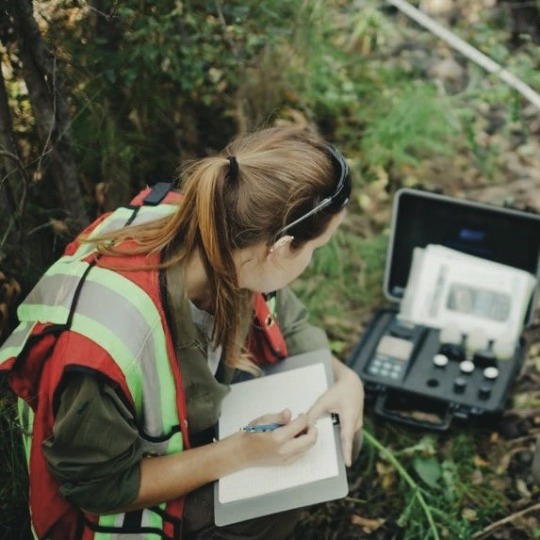




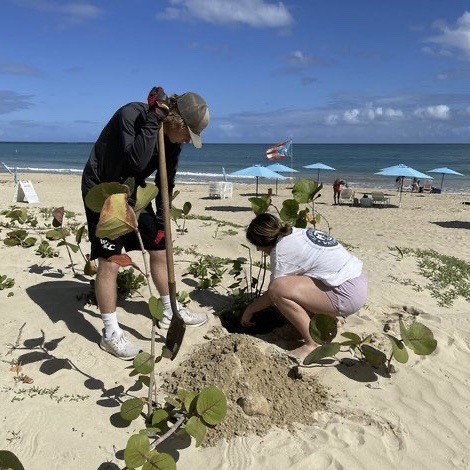



dream job 🌱🪵🌎🌈
#environmental studies#environmental science#conservation#coral bleaching#marine biology#forestry#rock climbing#environment#earth#girlblogging#girlblog#girlblogger#it girl#that girl#dream job#jane goodall#zoologist#geology#crystals#studying#studyblr#study motivation#academic weapon#academic motivation
115 notes
·
View notes
Text
Hanging out with other environmental studues students is always interesting. Usually I'm used to being the only person in a given group who knows plant species or thinks looking for turtles is a good time but today after class some of us headed for the pond on campus because we heard there were lots of little tiny turtles there.
Anyways this one guy was really good at catching them so we got to see them up close. Also I learned why you hold a snapping turtle by the front and back of the shell and not the sides- they don't just bite, they also have sharp claws!
Turtle tax:
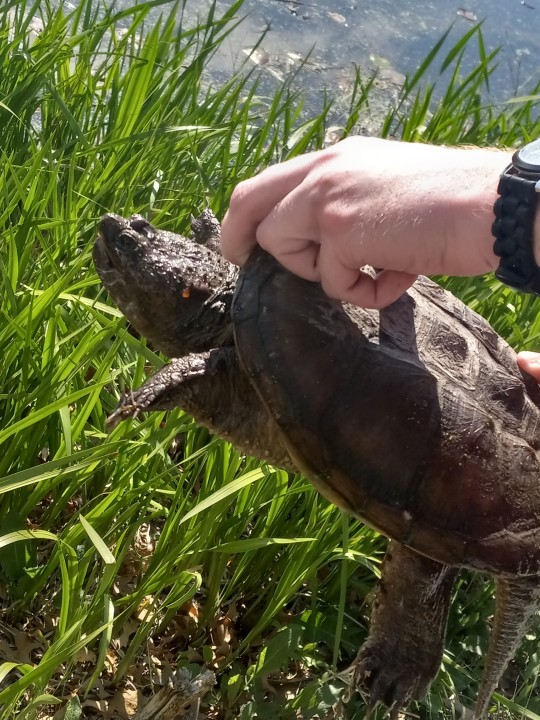
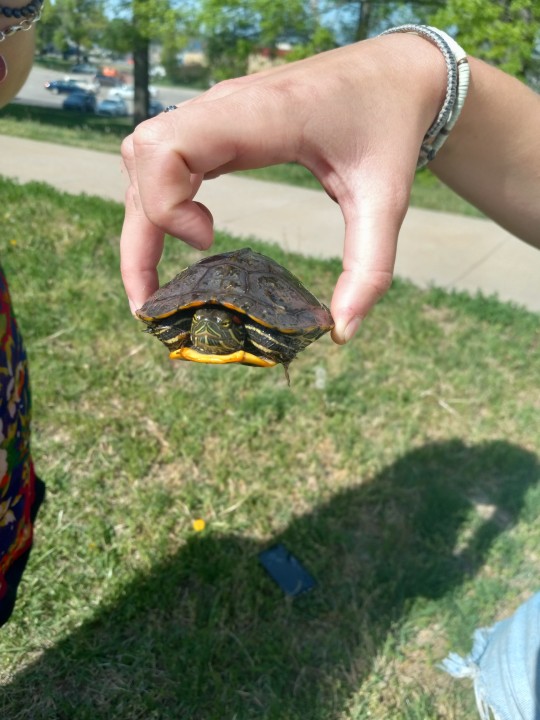
12 notes
·
View notes
Photo
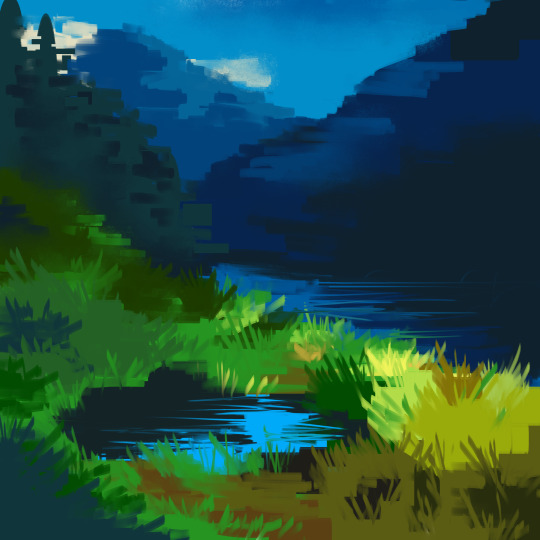

i did some studies. please clap
57 notes
·
View notes
Photo


2023.02.01 // 10:17 coffee date with the bestie! look at this beautiful cortado…
pic: cooper square, manhattan, n.y.
#416#mine#studyblr#environmental studies#study inspo#study#student#study motivation#studyblrpositivity#studyblr community#studysthetics#study aesthetic#productivity#productivity aesthetic#academia#academia aesthetic#collegeblr#uniblr#university student#uni life#coffeeshop#lookstudyblr#heysareena#intellectys#einstetic#lookmaria#heydilli#elkstudies#studypetals#athenastudying
77 notes
·
View notes
Text

Environmental Science in Academia
I often see posts about how STEM pursuits are underrepresented in the dark academia community, but as an environmental science student I get disappointed when the only sciences talked about are bio, chem, and physics. So, I decided I’d take matters into my own hands! Below is a non-comprehensive list of things you could romanticize about life as an environmental major.
(Disclaimer: some sustainable practices are also included, because of course they must be)
Airy button down tops tucked into cargo pants for field work, hair pulled back hastily to get a closer look at the specimen your professor is pointing to.
Piles of case studies and research papers stacked on your desk, the already-read ones covered in annotations
Using vintage/old technology because it’s more sustainable and cheaper to buy secondhand (plus it adds to the aesthetic—wired headphones, anyone?)
Rushing into the lab a minute late, coffee in hand, long coat billowing behind you.
Studying outdoors when the weather permits, and by a window when it doesn’t. Nature inspires you, and you make a point to get out into it as much as possible.
Thrifting clothes at your campus’s donation center (because you obviously picked a school with its sustainability priorities in order)
Reading Silent Spring by Rachel Carson; rereading it over and over, the margins now gray with pencil annotations.
Trying to identify trees as you walk across campus.
A well-worn, but sturdy, pair of lace up boots that can withstand the elements, worn with slacks and a spotless knit sweater.
Classical music while you work on research.
Pressing leaves and flowers between the pages of your books and textbooks for the next reader to discover.
Attending climate protests in the nearest city, and bringing a carefully crafted sign to hold.
Biking everywhere.
Watching nature documentaries with your friends, seeing who can do the best David Attenborough impression.
A bedroom full of plants so you can continue your personal studies and observations outside of the lab.
Scolding your friends who smoke because you’ve studied air pollution and you can list every disease smoking causes.
Closing yourself and your lab group in a small room with a humidifier to measure air quality for a lab. Later wondering whether you all just inhaled mold because the lab results showed that indoor particulate matter increases with humidity. (It should be fine… right?)
Drawing out diagrams of specimens, food webs and nutrient cycles in your notes.
Feel free to add anything else that suits your fancy!
#environmental science#environmental studies#dark academia#chaotic academia#academia aesthetic#light academia#environmentalism#green academia#dark academic aesthetic#environmental academia
16 notes
·
View notes
Text
rn im majoring in forestry with a focus in forest biology, but might want to switch to aquatic biology. this is a ridiculously important thing to be asking on tumblr but i cannot even begin to decide. both would be super fucking interesting and have the same number of required credits
pros and cons below the cut
pros:
get to work with wetlands more
still doing stuff with plants and animals
the program is centered on freshwater conservation which i really like
was thinking of doing a water resources minor anyway, this would be easier to get all the credits
electives for both are super flexible so i could really focus on what interests me
watershed conservation is generally better paying than forestry
better to prepare for a ms in limnology
could stay in the greater great lakes region long-term
cons:
calculus i and ii
organic chemistry i and ii
i really fucking hate math
generally harder classes
might not go for an ms anyway
#college#studyblr#bachelors degree#undergraduate#bachelor of science#environmental science#environmental studies#environmetalists#ecology#forestry#forest tech#epa#forest service#aquatic science#wildlife and fisheries#aquatics and fisheries#fish science#limnology#freshwater fish#freshwater#great lakes#lake ontario#lake erie#lake huron#lake michigan#lake superior#new york#pennsylvania#ohio#michigan
2 notes
·
View notes
Text
Does anyone actually study environmental science or were they cursed by an ancient deity to learn the ways of the spheres and how humans screw everything up?
Here's to essays on water, and, you guessed it, how humans screw it up.
#school#a levels#a level environmental science#environmental studies#environmental science#procrastination#im procrastinating#essays
2 notes
·
View notes
Text
Tony Buck — Environmental Studies (Room 40)

Environmental Studies by Tony Buck
Tony Buck’s main gig is as the drummer with Australian improv group The Necks. On Environmental Studies, he presents a two-hour long piece, released via USB due to its duration. In addition to percussion instruments, Buck employs guitar and electronics. From the beginning, Environmental Studies presents all three in dialogue, the guitar playing a riff that could appear on a Tortoise album, while thunderous percussion and howling sustained high notes provide a noisy rejoinder.
Ideally, such a large piece involves formal organization. Theatrical events routinely run two hours, as do live concerts. These provide the benefit of visual stimuli to maintain an audience’s attention. Two hours of recorded avant improv requires willingness to attend to a complex journey through the purely audible. Happily, Buck provides a sonic adventure full of surprises well worth experiencing. He deftly balances a sense of trajectory with moments of spontaneity. The blending of pitch and noise is a consistent factor. Recurring sonic gestures take on a motivic impact, helping to coalesce an abstract design.
A favored technique on Environmental Studies is collage, with different instruments and electronics darting in and out of the piece. The aforementioned large-scale design isn’t diminished by its digressiveness. Rather, it is stirring to continue to be surprised. Dynamics run the gamut as well, with hushed and emphatic sections providing a further layer of contrast.
Buck is best known as a percussionist, and Environmental Studies includes some extraordinary kit and auxiliary instrument choices and diverting polyrhythms. His guitar-playing and use of electronics are more economical, but impressive in their versatility.
Calling the recording Environmental Studies is an interesting and provocative choice. So often environmental sound pieces are associated with field recordings and natural sounds. Buck has instead created his own sound ecology, an environment that is scaled long enough to be immersive. In a time when focused listening for two hours is the opposite of the default, Environmental Studies asks much and rewards much.
Christian Carey
#tony buck#environmental studies#room 40#christian carey#albumreview#dusted magazine#jazz#the necks#improvisation#long form
9 notes
·
View notes
Photo

The curriculum has been created to teach, foster, and promote awareness of the global and environmental issues that impact all living beings that share planet Earth.
find it here at https://www.teacherspayteachers.com/Product/The-Earth-Studies-Curriculum-8918154 or at https://sharemylesson.com/teaching-resource/earth-studies-curriculum-402960
#earth science#environmental studies#nature studies#culture and society#ecology#ecosystems#water conservation#agriculture#farm workers#collectives#urban farming#lesson plan#activities#curriculum#social studies#social science
38 notes
·
View notes
Text
DID YOU KNOW THAT INDIGENOUS LANGUAGES ARE SO EMBEDDED IN THEIR ENVIRONMENTAL CONTEXT THAT TONS OF INFORMATION ABOUT THE ENVIRONMENT ARE ENCODED IN THEM
AND WHEN WESTERN COLONIZERS CAME AND TRIED TO STUDY THE NATURE THEY LOST INSANE AMOUNTS OF INCREDIBLY VALUABLE KNOWLEDGE BY TREATING INDIGENOUS GROUPS AS RESEARCH SUBJECTS RATHER THAN COLLABORATORS
AND DID YOU KNOW THESE LANGUAGES ARE GOING EXTINCT BUT THEYVE CREATED A DATABASE WITH OVER 200 LANGUAGES TO HELP PEOPLE LEARN THEM AND KEEP THIS KNOWLEDGE ALIVE
2 notes
·
View notes
Text

Storm's a'brewin'🚢🌧🌊
#lakeposting#me#mine#pictures#images#video#lake#lake ontario#great lakes#storm#weather#cloudy#nautical#science#ecology#aquatic ecology#aquatic#environmental studies#research#boat#outdoors#nature#adventure
33 notes
·
View notes
Text
Hello!
I’m a new studyblr blog :) I’m looking for people to follow!
Could you reblog or comment if you post studyblr stuff related to...
religious studies and/or theology
women’s, gender, and sexuality studies
queer studies
Attic/Classical Greek
Scottish Gaelic
sociology
poetry
environmental studies
Thanks a bunch! I’m excited to get this blog going :)
#studyblr#studyspo#religious studies#college#university#gender studies#women's studies#wgss#rels#greek#attic greek#greek langblr#langblr#sociology#original post#text#poetry#environmental studies#scottish gaelic#gaelic
43 notes
·
View notes
Link
His point was quite simple: scientifically speaking, global capitalism “has made the depletion of resources so rapid, convenient and barrier-free that ‘earth-human systems’ are becoming dangerously unstable in response.” Therefore, he argued, the only scientific thing to do is revolt! Movements, not just individuals, are critical. What is required is action and thinking that do not fit within the dominant capitalist culture; and, said Werner, this is a matter not of opinion, but of geophysical dynamics.
I highly recommend this read if you are interested in de-centering the human narrative of Earth’s past, present, and future, in favor of something that captures the complex networks of beings and actions that create our world.
Donna Haraway’s writing about the term Cthulucene as an alternative to Anthropocene or Capitalocene is frankly thrilling to me as a solarpunk. I am interested in reimagining how we create our world using language; who/what does [this word] center? Who/what does [that word] exclude? The linguistics of a social movement or revolution may appear trivial, but Haraway demonstrates how they are actually essential.
Let’s hone our language into something that can, to the best of its ability, widen our perspectives past the anthropos, past the human narrative.
We must think!
The unfinished Chthulucene must collect up the trash of the Anthropocene, the exterminism of the Capitalocene, and chipping and shredding and layering like a mad gardener, make a much hotter compost pile for still possible pasts, presents, and futures.
#solarpunk#article#reading#solarpunk article#resource#resources#solarpunk resources#practical solarpunk#linguistics#language#studyblr#ecology#queer ecology#environmental studies#environment#nature#donna haraway#writing#learning#online resource#free article#cthulucene#capitalocene#anthropocene
46 notes
·
View notes
Text
Nothing like spending all semester on a project that is literally the grand amalgamation of your bachelor’s degree and only like five people coming by your poster to talk about it on the school-wide presentation day (two of which are your teachers for the class and one of which is your mom who mainly came to say hi)
So like
If anyone wants to know more about Biocultural Restoration in the Hawaiian Islands...
Slide into my DMs or asks
I have so much to say on it
For those just minimally curious, here’s the poster

Also yes that QR code works lol
Leads to a nice case study
#bless the one event volunteer who talked to us#you are a saint and may both sides of your pillow always be cold#i had a partner for the paper and overall study but i did design the poster#plz someone talk to me about this#i have a lot to say#;n;#yes im begging#i was so ready to talk to people#but no one except like one interested person#i shouldnt be this sad#but i am#biocultural restoration#traditional ecological knowledge#indigenous conservation#conservation#environmental studies#sustainablity#Hawaiian Islands
49 notes
·
View notes
Photo

Motor City Green: A Century of Landscapes and Environmentalism in Detroit
by Joseph Stanhope Cialdella (2020)
Motor City Green is a history of green spaces in metropolitan Detroit from the late nineteenth to the early twenty-first century. The book focuses primarily on the history of gardens and parks in the city of Detroit and its suburbs in southeast Michigan. Cialdella argues that Detroit residents used green space to address problems created by the city’s industrial rise and decline, and racial segregation and economic inequality. As the city’s social landscape became increasingly uncontrollable, Detroiters turned to parks, gardens, yards, and other outdoor spaces to relieve the negative social and environmental consequences of industrial capitalism. Motor City Green looks to the past to demonstrate how today’s urban gardens in Detroit evolved from, but are also distinct from, other urban gardens and green spaces in the city’s past.
Motor City Green: A Century of Landscapes and Environmentalism in Detroit is a fascinating look into Detroit’s history through the lens of environmentalism, the ‘ways in which urban residents made and gave meaning to green spaces.’ This book will appeal to a wide audience. It certainly gives a creative, factual picture of the frustrations experienced by African Americans because of governments, policies, and practices that have systematically excluded or forgotten them. . . . Cialdella shows that there is a lot of green in this rustbelt city.
Urban Infrastructure : Historical and Social Dimensions of an Interconnected World
Edited by Joseph Heathcott, Jonathan Soffer, Rae Zimmerman (2022)
Urban Infrastructures creates space for an encounter between historians, humanists, and social scientists who seek new methodological approaches to the history of urban infrastructure. It draws on recent work across history, anthropology, science and technology studies, geography, resilience/sustainability, and other disciplines to explore the social effects of infrastructure. The volume rejects narrow conceptions of infrastructure history as only the history of public works, and instead expands the definition to all business enterprises and public bodies that provide the goods and services essential for the day-to-day lives of most people. Essays examine traditional artifacts such as roads, highways, and waterworks, as well as nontraditional topics like regimes of heating and cooling, the processing and distribution of food, and even the metaphysics of electromagnetic infrastructure. Contributors reveal both the material grounding of urban social relations and the social life of material infrastructure. In the end, they show that infrastructure profoundly reshapes urban life even as residents fight to reshape infrastructure to their own ends.
A Mighty Capital under Threat: The Environmental History of London, 1800-2000
Edited by Bill Luckin & Peter Thorsheim
Demographically, nineteenth-century London, or what Victorians called the “new Rome,” first equaled, then superseded its ancient ancestor. By the mid-eighteenth century, the British capital had already developed into a global city. Sustained by its enormous empire, between 1800 and the First World War London ballooned in population and land area. Nothing so vast had previously existed anywhere. A Mighty Capital under Threat investigates the environmental history of one of the world’s global cities and the largest city in the United Kingdom. Contributors cover the feeding of London, waste management, movement between the city’s numerous districts, and the making and shaping of the environmental sciences in the late nineteenth and early twentieth centuries.
A Negotiated Landscape: The Transformation of San Francisco's Waterfront since 1950
by Jasper Rubin (2016)
A Negotiated Landscape examines the transformation of San Francisco’s iconic waterfront from the eve of its decline in 1950 to the turn of the millennium. What was once a major shipping port is now best known for leisure and entertainment. To understand this landscape Jasper Rubin not only explores the built environment but also the major forces that have been at work in its redevelopment. While factors such as new transportation technology and economic restructuring have been essential to the process and character of the waterfront’s transformation, the impact of local, grassroots efforts by planners, activists, and boosters have been equally critical.
The first edition of A Negotiated Landscape won the 2012 prize for best book in planning history from the International Planning History Society. Much has changed in the five years since that edition was published. For this second edition, Rubin provides a new concluding chapter that updates the progress of planning on San Francisco’s waterfront and examines debates over the newest visions for its development.
For a Proper Home: Housing Rights in the Margins of Urban Chile, 1960-2010
By Edward Murphy (2015)
From 1967 to 1973, a period that culminated in the socialist project of Salvador Allende, nearly 400,000 low-income Chileans illegally seized parcels of land on the outskirts of Santiago. Remarkably, today almost all of these individuals live in homes with property titles. As Edward Murphy shows, this transformation came at a steep price, through an often-violent political and social struggle that continues to this day.
In analyzing the causes and consequences of this struggle, Murphy reveals a crucial connection between homeownership and understandings of proper behavior and governance. This link between property and propriety has been at the root of a powerful, contested urban politics central to both social activism and urban development projects. Through projects of reform, revolution, and reaction, a right to housing and homeownership has been a significant symbol of governmental benevolence and poverty reduction. Under Pinochet’s neoliberalism, subsidized housing and slum eradication programs displaced many squatters, while awarding them homes of their own. This process, in addition to ongoing forms of activism, has permitted the vast majority of squatters to live in homes with property titles, a momentous change of the past half-century.
This triumph is tempered by the fact that today the urban poor struggle with high levels of unemployment and underemployment, significant debt, and a profoundly segregated and hostile urban landscape. They also find it more difficult to mobilize than in the past, and as homeowners they can no longer rally around the cause of housing rights.
Always on the look out for urban history and came across these from University of Pittsburgh Press!
11 notes
·
View notes
Text


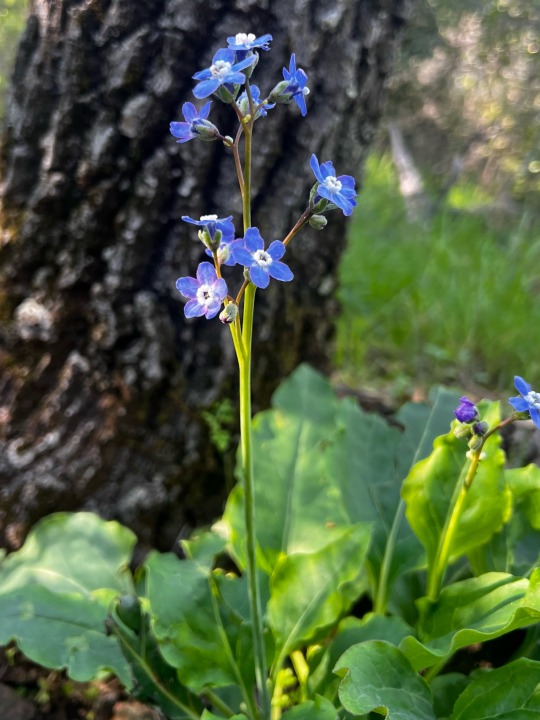

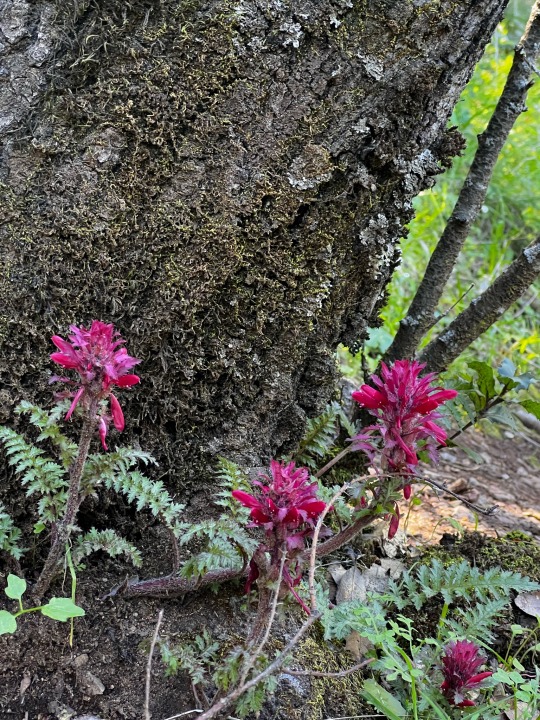

I love familiarizing myself with the local wildlife! This was on a hike through Mount Diablo State Park in the East Bay Area of California, 03/27/23. Photo editing is kept to a minimum: except for cropping and straightening, I haven't adjusted these at all.
#grand hound’s tongue#cynoglossum grande#warrior’s plume#pedicularis densiflora#milk maids#cardamine californica#california native wildflowers#my art#my photgraphy#california native plants#native flora#east bay area#san francisco bay area#mount diablo state park#mt. diablo state park#state parks#nature appreciation#environmental studies#iphone photography
5 notes
·
View notes